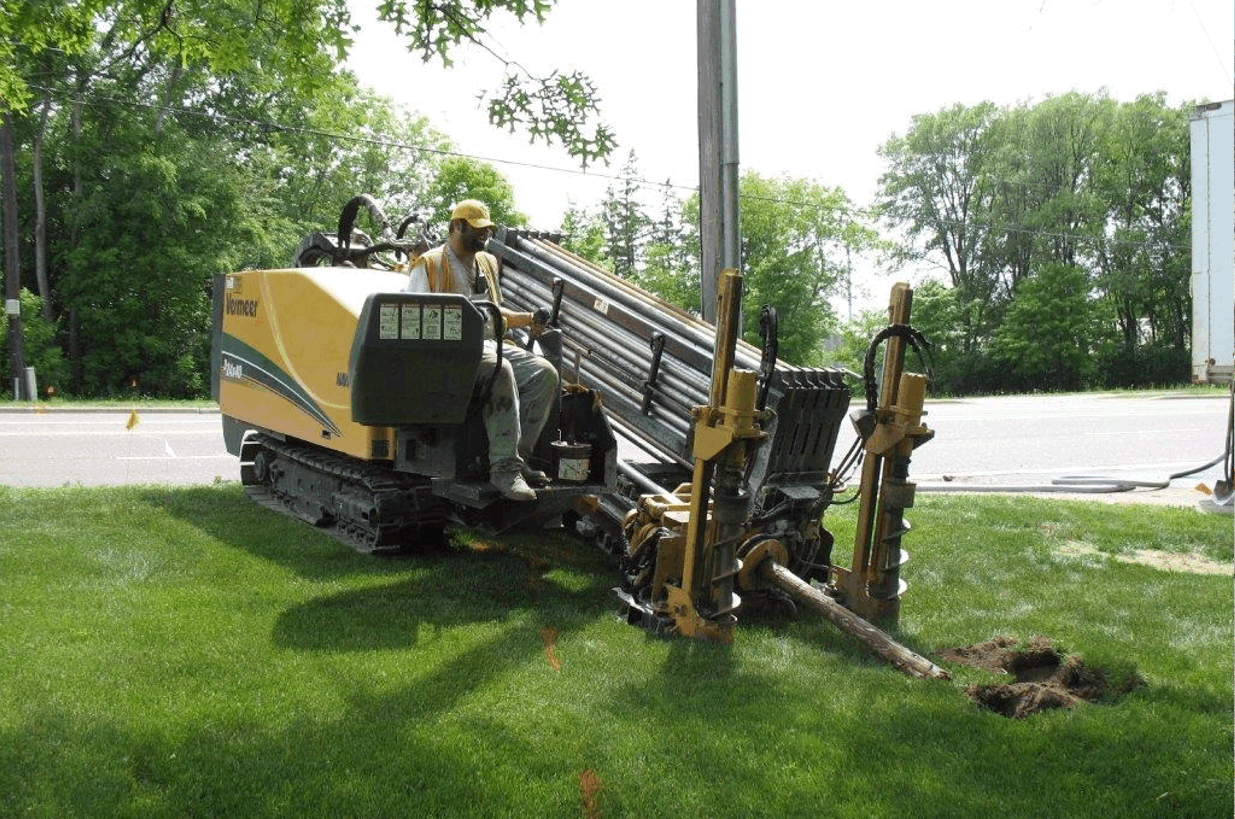In the ever-evolving landscape of infrastructure and mining, directional drilling has risen as a key technology that transforms how we handle subsurface projects. This cutting-edge drilling method allows for exact drilling at multiple angles, enabling approach to inaccessible resources and minimizing environmental impact. Whether for oil and gas discovery or the installation of utilities beneath busy urban centers, directional drilling is a breakthrough that offers many advantages over old-fashioned drilling techniques.
As we explore the world of directional drilling, this foundational guide will outline the key concepts, historical progress, and applications across multiple industries. From the intricate processes that define how directional drilling works to real-world examples highlighting its efficacy in real-world applications, we will examine the benefits and challenges of this technology. Join us as we reveal how directional drilling is not just a method, but a vital component in developing a sustainable future for our infrastructural needs and energy needs.
Understanding Directional Boring
Directional drilling is a method which enables drillers to produce holes that deviate from the straight line. Such a method provides the capability to access subsurface assets in a efficiently and has become widely employed in multiple industries, including petroleum and natural gas, services, and green energy. Unlike standard vertical boring, which restricts access to places straight beneath the bore area, directional drilling offers versatility in aiming at certain locations, minimizing surface disruption and optimizing material gathering.
An of the main benefits of directional drilling lies in its potential to move through complicated geological formations. With modifying the position of the drill, teams can evade hindrances including natural bodies of water, urban developments, or environmentally sensitive areas. This ability not just boosts the security and effectiveness of drilling projects and also reduces the ecological footprint and surface consequence. Consequently, directional boring has turned into an indispensable resource for businesses looking to enhance sustainability while meeting their operational goals.
Furthermore, tech innovations have significantly developed the approaches associated with directional boring. Innovations in drilling tools, monitoring systems, and software have increased precision and reduced the duration necessary for drill initiatives. These advancements allow drilling teams to organize and execute further complex and exact tasks, making sure that materials are tapped efficiently while preserving robust safety measures. In summary, comprehending directional drilling stays vital for technicians endeavoring to utilize its benefits in different contexts.
Benefits of Directional and Horizontal Boring
Directional and Horizontal drilling offers numerous benefits over conventional vertical drilling techniques. One of the primary benefits is the ability to reach several targets from a one drilling site. This method decreases the number of drilling sites needed, which not just conserves on expenses but also reduces environmental impact and land disruption. As a result, companies can function more efficiently while maintaining a focus on sustainable practices.

An additional significant advantage is the minimization of surface disruption. https://gmaccontractors.com/ and Horizontal boring allows operators to maneuver around obstacles such as buildings, roads, and natural landforms, which is especially important in city environments. By drilling below ground, the technique can install utilities and pipelines without disturbing the topography, thus preserving the integrity of existing infrastructure and the surrounding ecosystem.
Moreover, directional boring can be considerably cost-effective in the long term. While the upfront investment in technology and materials may be greater, the reduced need for several drilling locations and the ability to bore more accurately often lead to decreased overall project costs. This effectiveness can translate into substantial savings in both duration and assets, making directional boring an increasingly appealing choice for multiple industries, including petroleum, utilities, and renewable power.
Emerging Developments in Drilling Direction
The future of directional drilling is set for major transformation as tech innovations continue to develop. Innovations in AI and automation technologies are enhancing drilling accuracy and efficiency. These technologies allow for real-time data evaluation, permitting operators to make informed decisions promptly and tweak drilling parameters on-the-fly. As these systems become more integrated, we can expect to see a significant rise in productivity and a decrease in operational expenses.
Another critical trend is the adoption of digital solutions, including tailored applications and cutting-edge sensors. These solutions facilitate better planning, oversight, and problem-solving throughout the drilling process. By utilizing data analytics and ML, businesses can optimize bore paths and predict potential challenges, thus reducing the likelihood of expensive delays or job failures. The transition toward digitalization is not only making the processes more efficient but also opening the way for safer and more eco-friendly drilling practices.
Finally, the emphasis on eco-friendly infrastructure is changing the environment of directional drilling. As companies are pressed to adopt green practices, directional drilling offers a solution that reduces impact on the surface and environmental effects. Companies are now concentrating on developing methods that improve efficiency while also addressing environmental concerns. This shift toward sustainability will likely drive the adoption of innovative methods, ensuring that this field remains up-to-date in an changing market.
